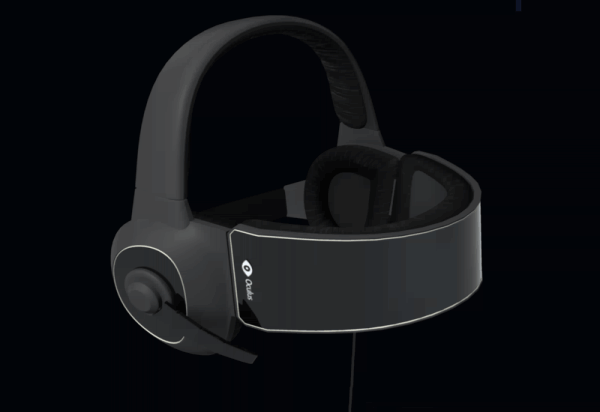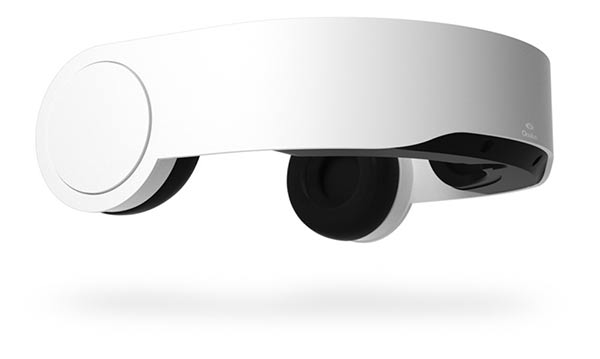What improvements will the commercial Oculus Rift bring to VR
Oculus has been working on virtual reality headsets for two years now, or in Palmer Luckey’s case, four years, since he spent a year and a half building the first prototype in his parents’ garage.
We are now on DK3 or “Crescent Bay” as Oculus is calling it – coming with a list of improvements like 360-head tracking, lower latency, better resolution, comfier design and a few other upgrades, yet still Oculus cite this as an “early version” of the final product.
If this is to be believed, Oculus cannot be expecting to launch the commercial edition in 2015, unless DK4 has some huge improvements, scaling the Oculus Rift from early hardware to “extremely close to the finish line” in just one year.
Oculus Rift Commercial Upgrades

What does the Oculus Rift, on the hardware side, need to be a commercial product? We are not 100 percent sure, considering Gear VR will be a commercial product in few months, but we expect Oculus want some big upgrades.
Resolution will be one of those upgrades – 1080p might be nice, but 2K or even 4K is nicer. When building a truly immersive experience, it is best to go for the highest resolution possible at the time, which would be 4K at this moment.
Just adding a 4K panel will not be enough, Oculus needs to improve latency, refresh rate, pixel layout and a few other things, to make the user fully immersed in the experience, without any hiccups or problems arising from the display.
The next change would be the design of the Oculus Rift. We do not want something sandwiched over our heads, we want something light, good looking and easily removed. Think Google Glass-sleek but over your eyes instead of on top.

Sensors are another potential upgrade, we would be surprised if the commercial edition did not have biometric, movement and vibration sensors built in. Developers would be able to use these sensors to create more immersive experiences, especially in the biometrics department.
Controlling the Oculus Rift is a big question mark right now. Brendan Iribe, the CEO of Oculus, has said they are working on an input device internally, but will not release it until it is ready, hopefully at the same time the commercial edition is available.
Audio has been worked on for the first time on Crescent Bay, with a set of optional headphones. This is a small shot by Oculus at audio, on the commercial edition we expect some high-end, over-the-ear headphones, potentially optional with an additional price-tag.
https://virtualrealitytimes.com/2014/09/30/what-improvements-will-the-commercial-oculus-rift-bring-to-vr/https://virtualrealitytimes.com/wp-content/uploads/2014/09/Oculus-Rift-concept-600x359.jpghttps://virtualrealitytimes.com/wp-content/uploads/2014/09/Oculus-Rift-concept-150x90.jpgEditorialOculus RiftOculus has been working on virtual reality headsets for two years now, or in Palmer Luckey's case, four years, since he spent a year and a half building the first prototype in his parents' garage. We are now on DK3 or 'Crescent Bay' as Oculus is calling it - coming...David. CDavid Curry[email protected]SubscriberTechnology and video games writer from the UK. Enjoy playing video games. Currently learning electronic audio and web design.Virtual Reality Times - Metaverse & VR
